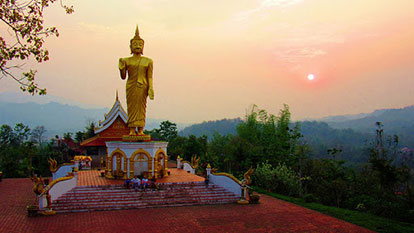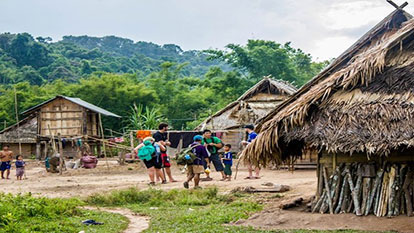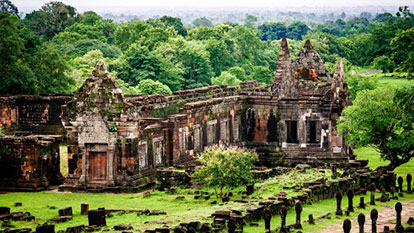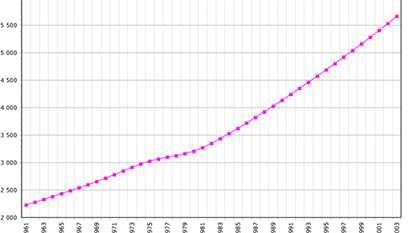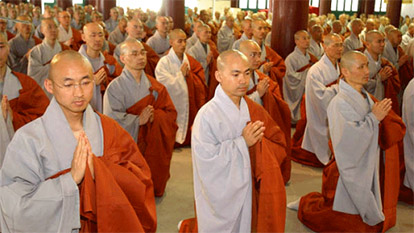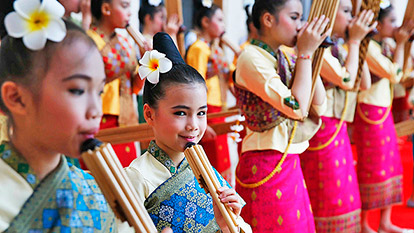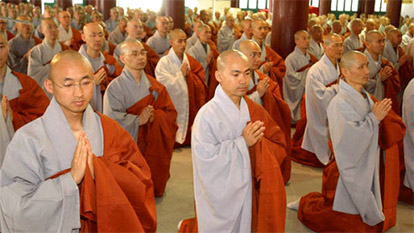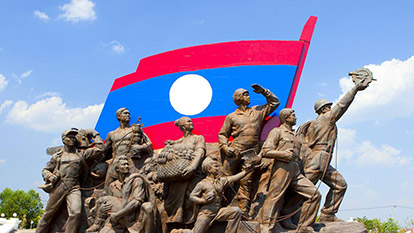Xieng Khuang - Plain of Jar
Xieng Khouang presently (2006) has a population of about 200,000. It was heavily bombed during the Vietnam War, mostly by the Americas. Today, twenty years after the war, there are still UXO's (Unexploded Ordnance, that's to say, mines, shells, grenades, bombs) that continue to injure and maim the folks in this rural province. For much of its history, Xieng Khouang has been something of a battleground, the reason mostly due to its location, between the capitals of Laos and Vietnam. As it is a highlands plains, the weather here is pleasantly cool, and during the end of the year, can get quite chilly at night.\
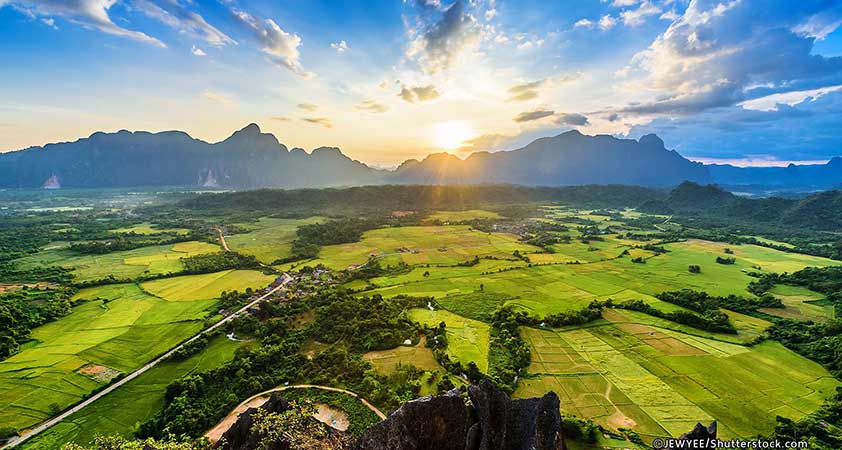
Xieng Khouang was briefly ruled by the Lao Kingdom of Lan Xang. The Siamese and Vietnamese have also ruled it at other times. When Vietnam annexed it in 1830, the local inhabitants were forced to adopt Vietnamese dressing and custom. Any attempts by the proudly independent Xieng Khouang people to be independent have usually been thwarted by one of its many powerful neighbours. The provincial capital of Xieng Khouang is Phonsavan, a town that was established when an earlier capital was wiped out during the Vietnam War.
Plain of Jar ( Xieng Khuoang)
In the 18th and at the beginning of the 19th century, Xieng Khouang was the center of a kingdom of the Hmong (Meo). In 1832, it was conquered by the Vietnamese, annexing the entire region. The town of Xieng Khouang was totally destroyed during the Vietnam War. Even though it has been rebuilt in 1975, the name Xieng Khouang is now primarily used in reference to the province of the same name.
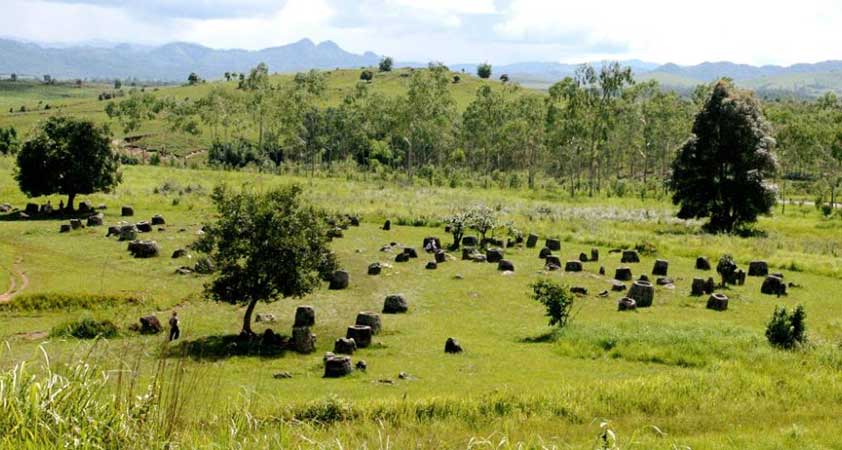
The provincial capital is Muang Kham. The most important place near the Plain of Jars is Phonsavan with a small airport serving the region. The Plain of Jars is some 10 kilometres southeast of Phonsavan, at about 1,000 metres above sea level. Scattered over the plain are hundreds of enormous clay jars, each about 1 to 2.5 metres high, with a diameter of about 1 meter.

There is still no explanation as to how the clay jars found their way onto the plain, nor what purpose they served. Archaeologists have come up with the wildest theories, among them a claim declaring them brewery cauldrons. More likely, the jars are enormous urns. Many jars have been destroyed or damaged during the Vietnam War, when American planes bombed positions of the communist Pathet Lao.
Sincerely yours & see you soon!
GALATOURIST since 2005.
Testimonials

Ms. Francesca Tronconi & Mr Vizzolini Davide (2pax) from Spain

Mrs & Mr. DUPUIS (2pax) from United States

Mr. Jeffrey Szymanski (2pax) from United States

Mrs Rosemary McGuinness (2pax) from Australia

Mrs Elena Maria Sanchez (2pax) from Spain

Group Marissa (4pax) from United States

Mr Jerzy (2pax) from Canada





